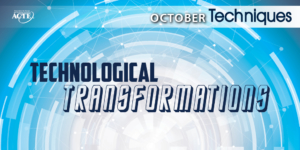Partnerships are critical to the success of high-quality CTE. How do we align with workforce needs? How can we diversify our community engagement? And how can partners support our programs? We should expect the same type of collaboration with our higher education, educator preparation programs as well.
The University of Central Missouri’s (UCM) CTE programs have embraced a culture of continuous improvement. Collaborating with our CTE partners not only meets the educational needs of our new CTE teachers and administrators, but also builds capacity for the benefit of career and technical education as a field.
As a higher education institution within the state of Missouri, we are committed to serving the needs of the state.
UCM’s partnership with the Missouri Department of Elementary and Secondary Education includes assisting with CTE’s
New Teacher Institute, CTE curriculum development, and the statewide mentoring programs for CTE teachers, administrators and counselors. We also partner with professional organizations, including ACTE and our state affiliate on presentations, workshops and books.
Our faculty also sit on state boards for the administrators’ council, industry recognized credentials, and the Missouri CTE advisory council. We partner with other higher education institutions on CTE initiatives as well, including business and marketing teacher preparation curriculum, research projects, best practices, and publications. We also offer undergraduate and graduate credit for courses from Project Lead the Way, Engineering by Design, Pro-
Start and ACTE’s CTE Learn powered by MaxKnowledge.
On campus we host regional and state career and technical student organization (CTSO) events. Our CTE program advisory boards include secondary and postsecondary institution partners, state representatives, alumni and Missouri ACTE members. Curriculum is shared and assessment data are reviewed. Traditional students in the Bachelor of Science in CTE content areas (agriculture, business, engineering technology, family and consumer sciences, marketing) engage in work-based learning (WBL) in the form of field experiences and student teaching.
Feedback from our partners has led to modifying curriculum and field experiences >amp; developing a “just-in-time” teacher preparation model.
In developing our “just-in-time” teacher preparation model, we collaborated with the Southern Regional Education
Board, utilizing their Teaching to Lead program as a foundation. We have also partnered with Digital Promise on building global competencies into CTE programs and are currently working with state community college partners to broaden postsecondary CTE pathways for students with disabilities.
At UCM, we have worked collaboratively with educators across disciplines — fashion merchandising, agriculture,
safety sciences, early childhood, literacy education and business — to best serve our students. Ongoing projects include a new initiative to offer an in-district cohort for our Education Specialist degree program and other professional development opportunities to increase teacher pay and improve retention. We are exploring virtual observations for student teachers, as well as how an apprenticeship model might work. UCM is always listening to the needs of our community and finding new and innovative ways to collaborate. We seek to build leaders who are competent and caring educators.
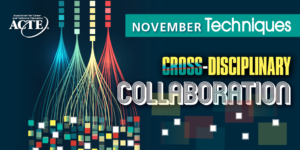


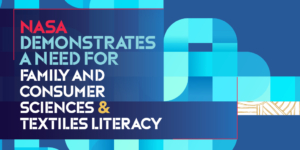




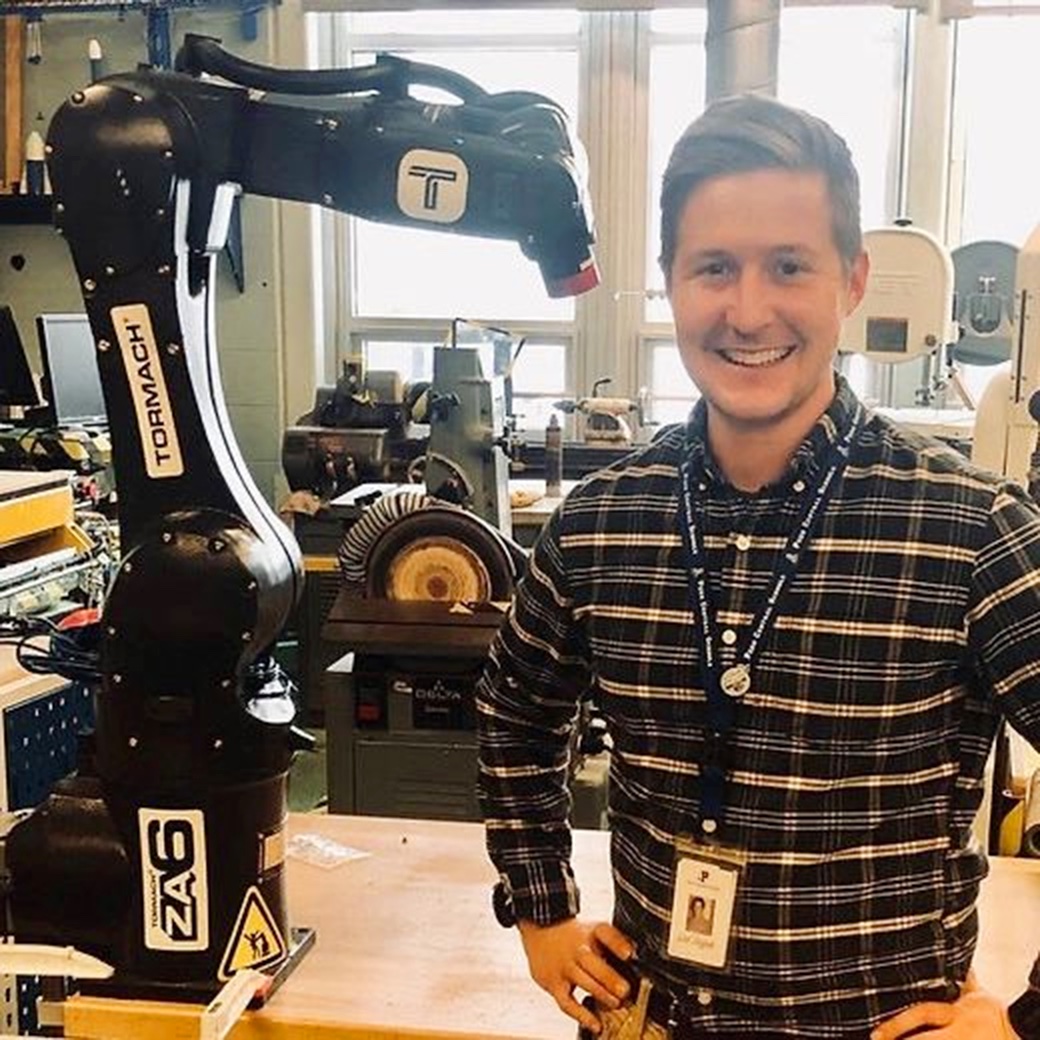
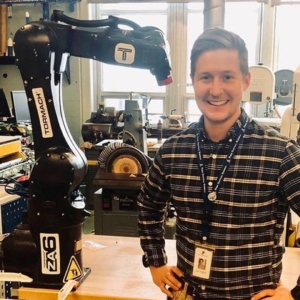 A Wisconsin-based concrete company was an early adopter of the ZA6. And they attest to starting up quickly with PathPilot and its use of Python. The production supervisor wanted to reduce the number of hours involved in welding copies of the same concrete form. He described this task as “monotonous.”
A Wisconsin-based concrete company was an early adopter of the ZA6. And they attest to starting up quickly with PathPilot and its use of Python. The production supervisor wanted to reduce the number of hours involved in welding copies of the same concrete form. He described this task as “monotonous.”

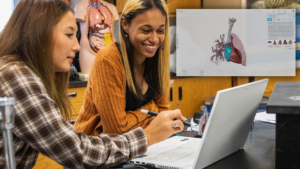

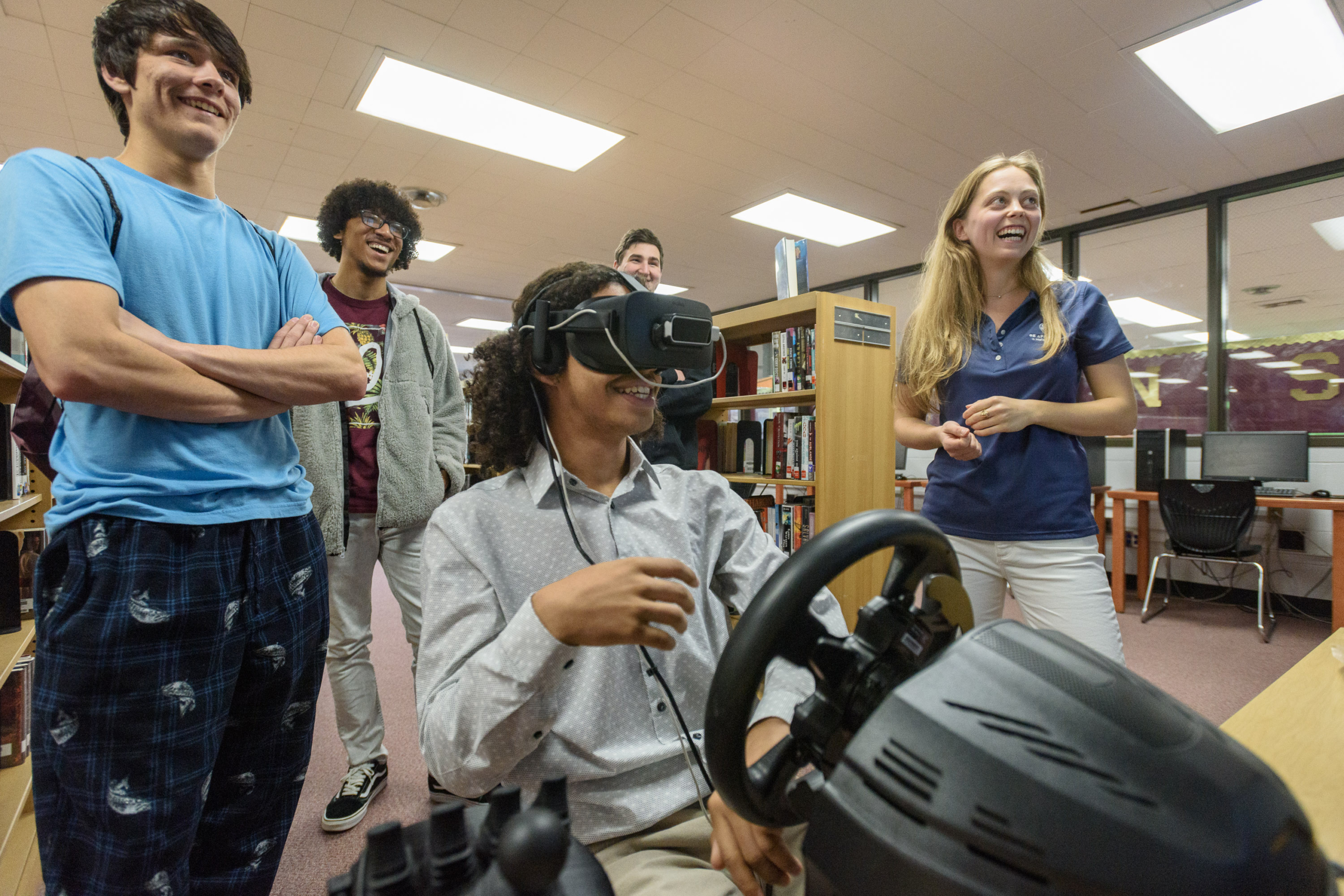
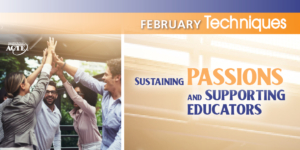
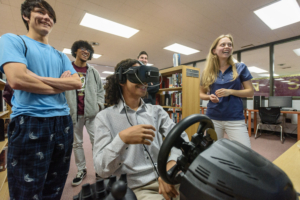



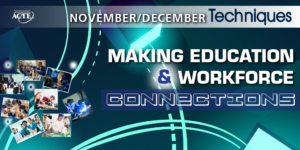


 Based in Washington, D.C., the AFSA Education Foundation promotes the delivery of quality personal finance education. The foundation provides free personal fi.nance curriculum, resources and training to educators of all types. The foundation seeks to educate consumers of all ages on personal finance concepts. And to help them realize the benefits of responsible money management.
Based in Washington, D.C., the AFSA Education Foundation promotes the delivery of quality personal finance education. The foundation provides free personal fi.nance curriculum, resources and training to educators of all types. The foundation seeks to educate consumers of all ages on personal finance concepts. And to help them realize the benefits of responsible money management.